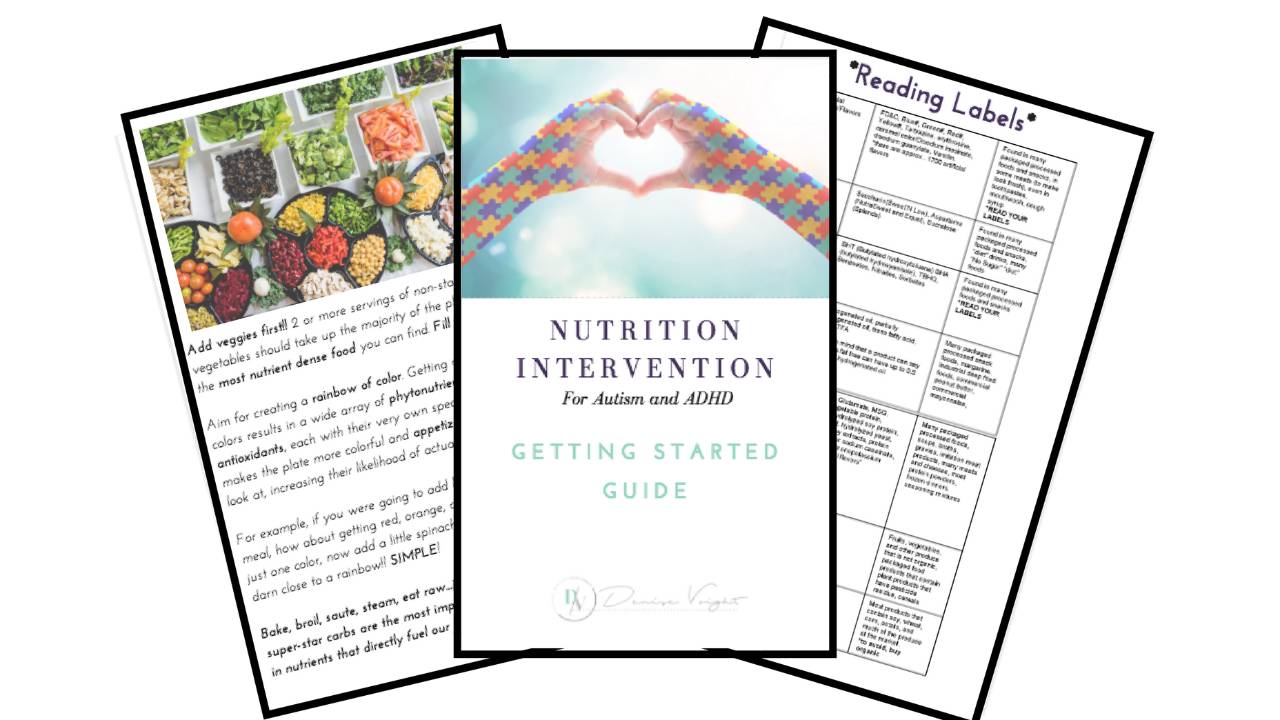Healthy Eating for Autism: Supporting Kids with Sensory Food Challenges

Selective eating in children with autism spectrum disorder (ASD) often stems from sensory aversions to textures, smells, or appearances, limiting nutritional variety. Lets explore some of these challenges and provide tips for introducing diverse foods while ensuring balanced nutrition. We blend functional medicine with practical strategies, focusing on biochemistry's role in sensory eating.
Understanding Selective Eating in Autism
Children with ASD may refuse foods due to heightened sensory processing, where certain textures trigger discomfort. This "picky eating" can often be linked to atypical brain responses in the insula, this part of the brain is crucial for sensory integration.
Biochemically, gut dysbiosis—common in ASD—affects serotonin production, influencing appetite. Low zinc or vitamin B12 levels can impair taste perception, exacerbating aversions.
The Impact of Sensory Food Challenges
Selective eating risks nutritional deficiencies, impacting growth and cognition. Aversions to mixed textures may lead to constipation or low calorie intake, while rituals around meals can disrupt family dynamics.
Oxidative stress from poor diet can worsen gut-brain issues, creating a cycle of sensory sensitivity.
Nutrition and Biochemistry for Better Eating
Functional medicine often looks to nutritional supplementation to fill gaps in nutrition:
- Multivitamin Mineral: Support the developing brain and nervous system.
- Probiotics: Restore gut balance.
- Zinc: Improves taste.
- Omega-3s: Reduces inflammation.
Tips for Introducing Variety
- Sensory Gradual Exposure: Blend preferred foods with new ones.
- Visual Aids: Use pictures for food choices.
- Fun Presentations: Shape foods appealingly.
- Nutritional Plan: Enroll in the Nutrition Intervention for Autism and ADHD Online Program to learn about specialized diet protocols.
Support healthy eating with these tips! Want to learn more about how nutrition can improve symptoms and behaviors? Download you free Nutrition Intervention for Autism and ADHD Getting Started Guide
